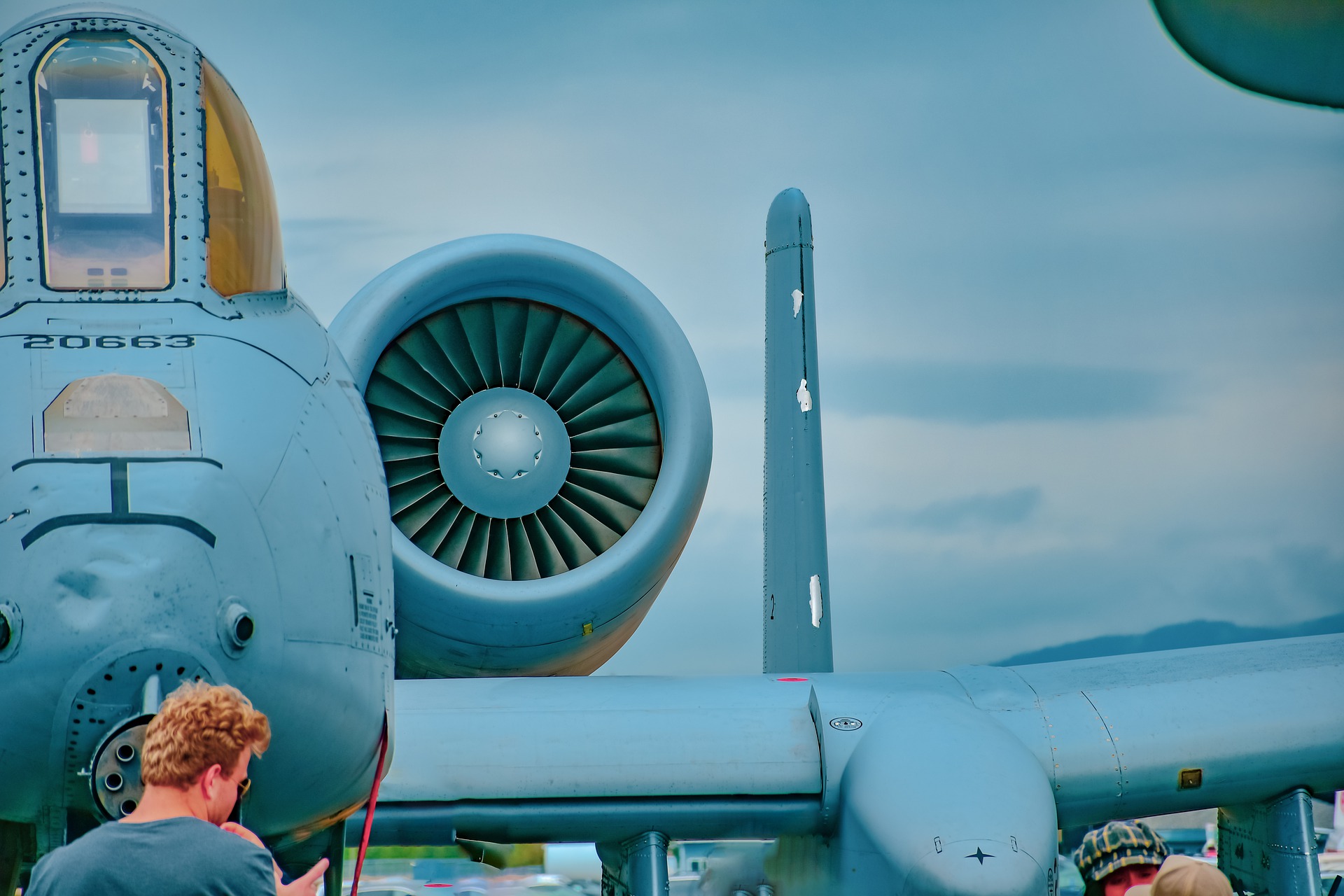MRO Coating Removal Methods: Grit Blasting, Acid Stripping, and More
Aerospace coating removal services are a cornerstone of MRO cleaning and refurbishment. Some aircraft parts require cleaning with blasted abrasives (typical with scale and coking), while others, such as cadmium-plated parts, may be stripped in chemical baths of cyanide/acid salt.
Because there are an enormous number of reasons aircraft parts might require the removal of coatings or other buildups, the ideal coating removal process will depend upon the part.
Common Reasons for MRO Coating Removal
Engine and other aerospace components can naturally accumulate corrosion, scale, grease, oil, rust, oxides, or other contaminants that require removal. Stripping of contaminants and surface imperfections is often handled through wet or dry abrasive blasting with grit, bead, or other media.
Paints, brazing, and other protective materials or coatings may become chipped or degrade over time. Restoration of the parts often requires a full coating removal and cleaning, which allows for the thorough inspection of the base metal parts for damage or flaws before replating or recoating. While blasting techniques are appropriate for some of these stripping applications, many aircraft and aerospace coatings require chemical removal with acids and solvents.
Abrasive Blasting Methods
In blasting techniques, abrasive media are pressurized and fired across the surface of metal components in a forceful blast stream. Many types of granular media can be used, such as:
- Grit (aluminum oxide)
- Steel shot
- Glass or plastic beads
Blasting can remove coatings or contaminants, but it can also smooth or polish a surface, roughen up a smooth surface, or even reshape a surface. The choice of media will largely depend on the substrate and the application. For example, glass bead media can lead to surface alterations which can result in the loss of FPI indications. Glass is cheap, but aluminum oxide will strip paint much faster and with superior results. Plastic blast media is always cost-effective and has become quite popular for critical tolerance features such as splines, threads, and snap-fit diameters. Plastic blast media also offers advantages, since it’s considered to have low toxicity and will produce less dust than other media.
Dry vs. Wet Blasting
There’s also the choice between dry and wet blasting — that is, whether or not water is used in tandem with the blast media.
With dry blasting, dust and airborne contamination from dry blasting require additional cleaning measures and protective equipment. In some cases, it may be possible to use a heavy-duty vacuuming system to streamline the manual cleanup process and reduce downtime by up to 80%.
Wet blasting is superior in its ability to remove heavy scale, corrosion, and galling. It is able to penetrate tight areas and does not produce any dust that may inhibit the operator’s clear view of the work surface.
Chemical Cleaning & Acid Stripping Methods
For some coating removal and cleaning processes, blasting alone doesn’t always achieve the required results. Advanced chemistries make stripping efficient and safe for both the workers and the part, with or without a blasting operation.
Chemical cleaning is ideal for degreasing, whether by solvent wiping, aqueous cleaning, or other methods. Blasting does work for scale, but heavy-duty cleaning and descaling may require a chemical cleaning process such as SPOP 211/213.
There are also certain platings and coatings that are best cleaned or removed through chemical reactions. Stripping of sulfamate and electroless nickel can be completed chemically, and are safe for the base material. Many plasma coatings (such as plasma spray chromium carbide) react well to stripping processes with acidic peroxide or nitric acid.
Cadmium is another case uniquely suited to chemical acid stripping methods. Blasting is not ideal, since airborne Cad is toxic. An acid salt and cyanide is an inexpensive chemical that works as an excellent stripper for cadmium plating.
Removal of brazing materials such as high-temperature brazing alloys is often handled chemically. However, when gold, nickel, and palladium brazing degrade, they require a specialized removal by the ultrasonic process of SPOP 313. At Metal Finishing Technologies, we often strip and debraze base metals prior to entering one of our many MRO cleaning or plating processes.
Looking for more information on debrazing, stripping, and abrasive blasting? Have parts in need of FAA-certified aircraft coating removal services? Get in touch with MFT with the details and we’ll get you a quote within 24 hours.

